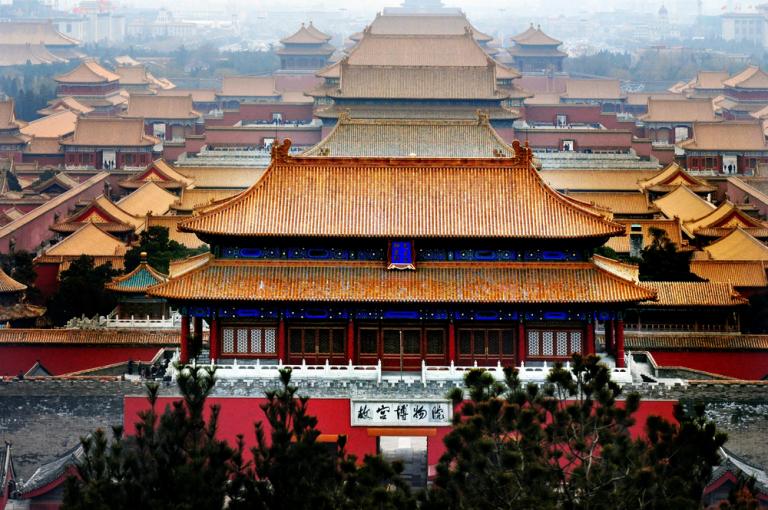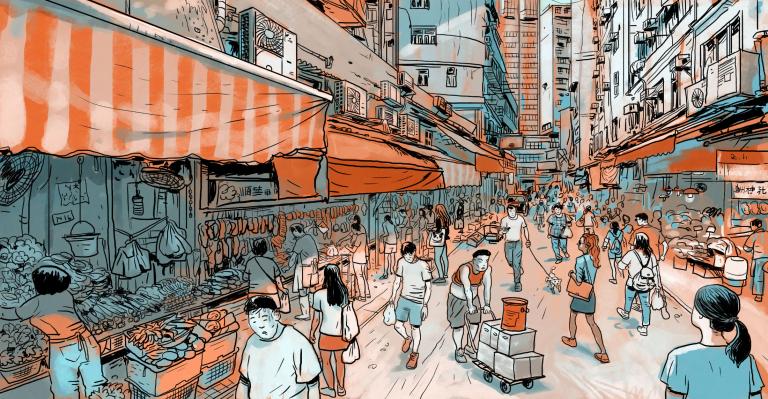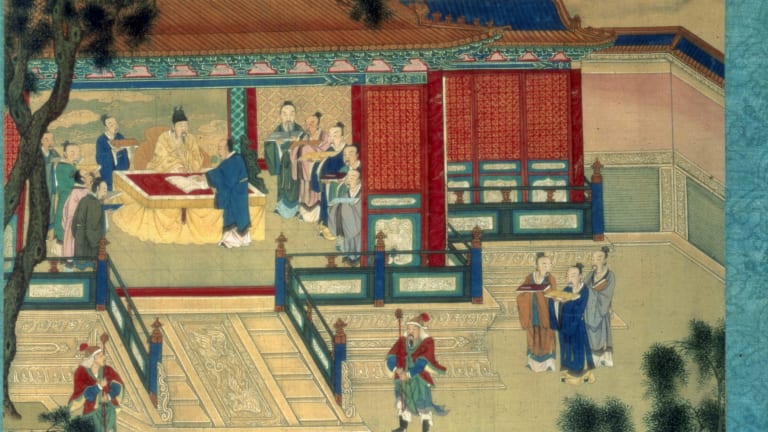Ancient Chinese imperial palace
3 min readIn Chinese history there were many imperial palaces, but with the passing of the time most of them were destroyed. For example, the”Three Palaces of the Han Dynasty”, composed of Changle Palace, Weiyang Palace and Jianzhang Palace, was built on a very luxurious and large scale. Another example is Xingqing Palace, situated in the southeast of Xi’ an. It was built in the Tang Dynasty.
There still exist three imperial palaces. They are the Imperial Palace in Beijing, the Imperial Palace in Shenyang and the Potala Palace.The striking feature of the palace is the perfect combination of halls and gardens.

The Imperial Palace in Beijing
The Imperial Palace in Beijing is also called the Forbidden City(see Figure 99)and it is the largest and best-preserved timber construction in the world.It was the imperial palace for the Ming and Qing Dynasties.The palace is fully walled on four sides by 10-meter-high red walls.The city is surrounded by a 52-meter-wide and 3,800-meter-long and 6 meter-deep river.The city has 9,999 rooms,covering an areaof 72 hectares or 720,000 square meters.There is a gate in every direction.The Hall of Supreme Harmony(Taihe Hall ),the Hall of Central Harmony(Zhonghe Hall )and the Hall of Preserved Harmony(Baohe Hall )were built along the central axis.The three great halls in the front part are magnificent and imposing;there is an air of solemnity and stability about them,symbolizing the power of the emperor.They constitute the Outer Court where the emperor worked.The Inner Court was the place where the emperor lived.In the Inner Court the main buildings are the Palace of Celestial Purity,the Palace of Terrestrial Tranquility,and State Garden.There are 12 courtyards,six to the east ad six to the west.In the back are many courtyards with rooms for the emperor’s family and their servants.At the very rear was the Royal Garden .
Repaired or partly rebuilt from time to time,the palace is still complete and in good condition.This imperial palace is perhaps the largest and grandest of its kind in the world that can be seen today.It embodies the fine tradition of ancient Chinese architecture,and the great wisdom and creativeness of the working people.

The Imperial Palace in Shenyang
The Imperial Palace in Shenyang is also called the Imperial Palace beyond the Great Wall .It was first built in 1625 by the first king of Qing,completed by his son Huangtaiji.It covers an area of 60,000square meters,with more than 300 rooms in 114 buildings.The buildings consist of the east buildings,central buildings and west buildings.The Chong Zheng Hall is on the central axis,where Huangtaiji worked.The Phoenix Tower,and Palace of Celestial Peace were the place where Huangtaiji lived with his concubines.In the courtyard along each side there are five separate buildings called“Shiwangting ”for the Baqi system.Baqi had eight different colors and used different weapons and had different missions.Shenyang Imperial Palace is much smaller than the Palace in Beijing,but it has unique features and special historical,artistic and scientific values.
The Potala Palace
The Potala Palace is situated on Mountain Mapo Ri 3,700 meters above the sea level,Lhasa.It was built in the seventh century by Songzan Ganbu for the Princess Wencheng from the Tang.The main building is more than 110 meters in height and 360 meters in width,with 13 stories.It has 999 rooms.It consists of the White Palace and the Red Palace.The beauty and originality of the architecture,the rich ornamentation and harmonious integration with a striking landscape,add to its historic and religious interest.
The Potala Palace
The Potala Palace is also the winter palace for all Dalai Lamas.In the 17th century it was enlarged by the fifth Dalai into the present scale.From the fifth Dalai on,it is the placewhere all the important religious and political ceremonies are held.So it is the symbol of Tibetan Buddhism.









